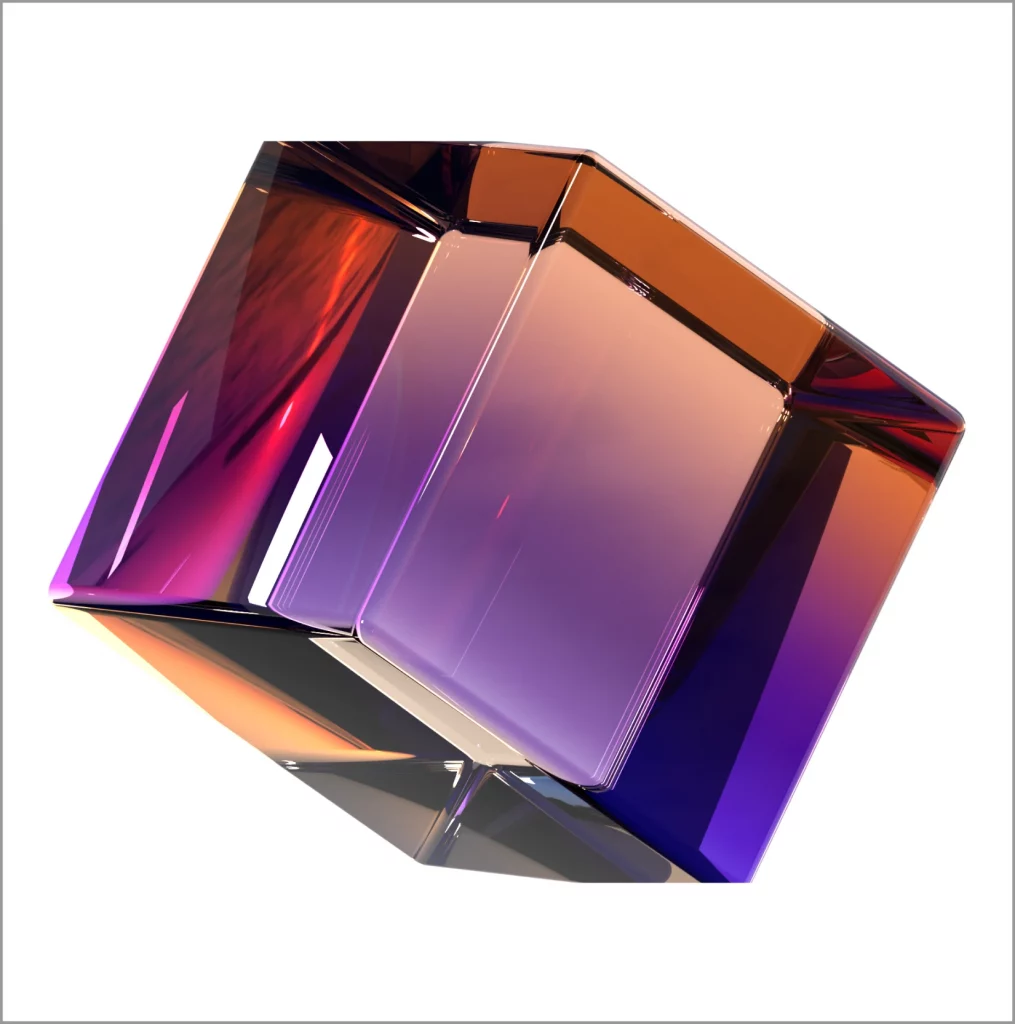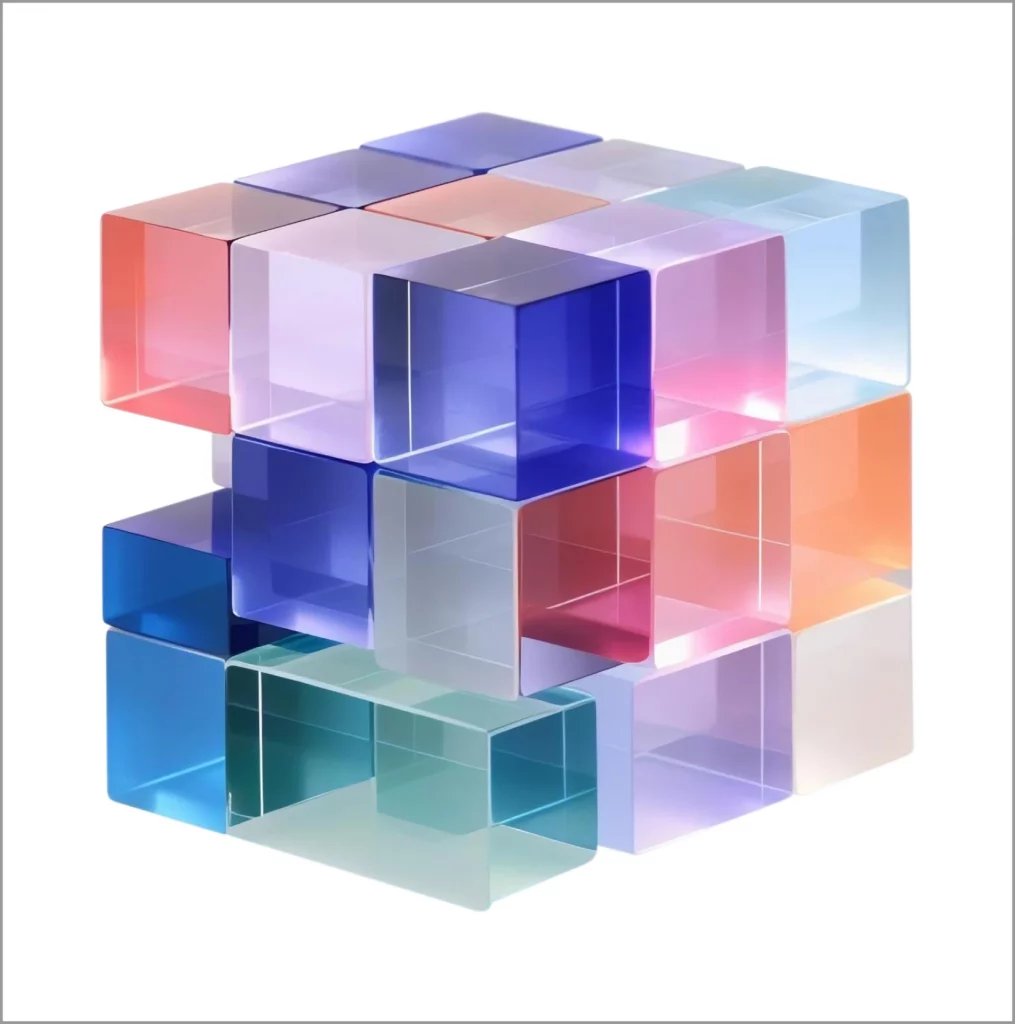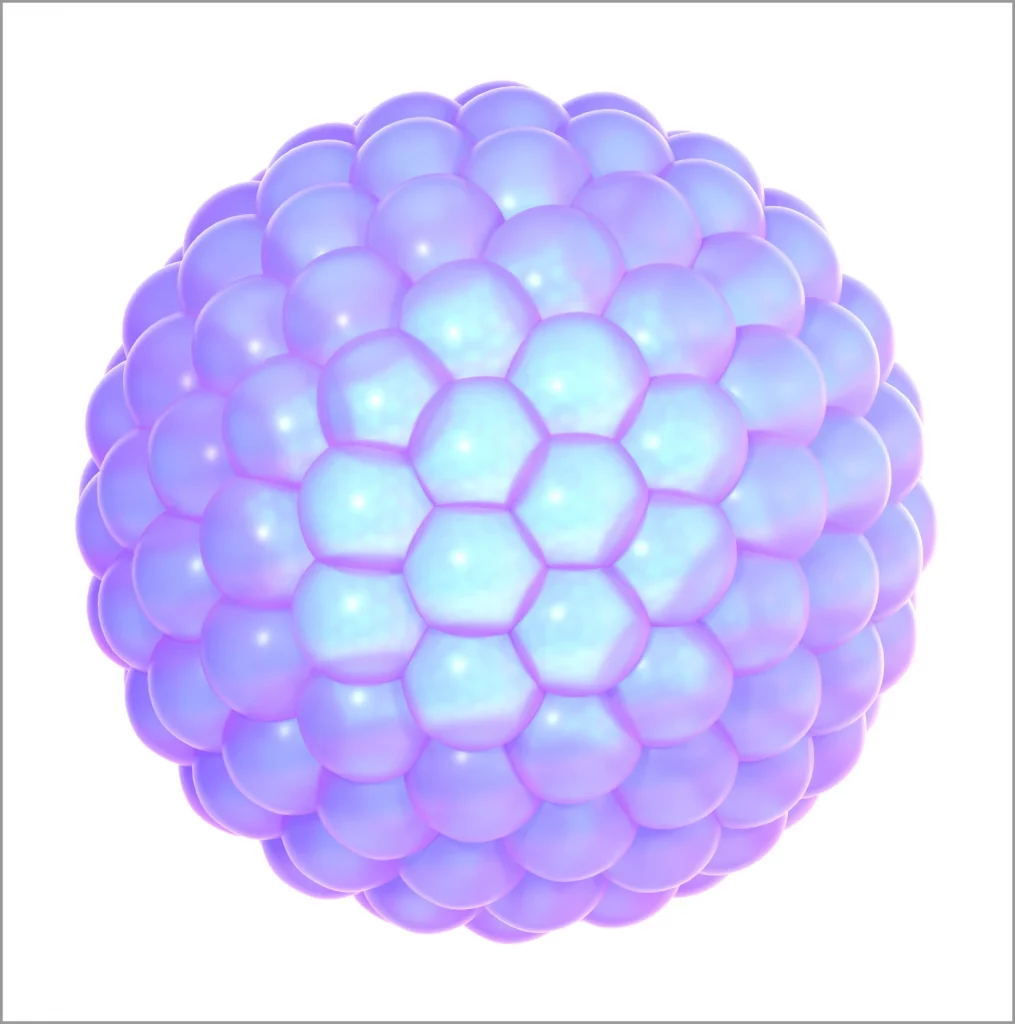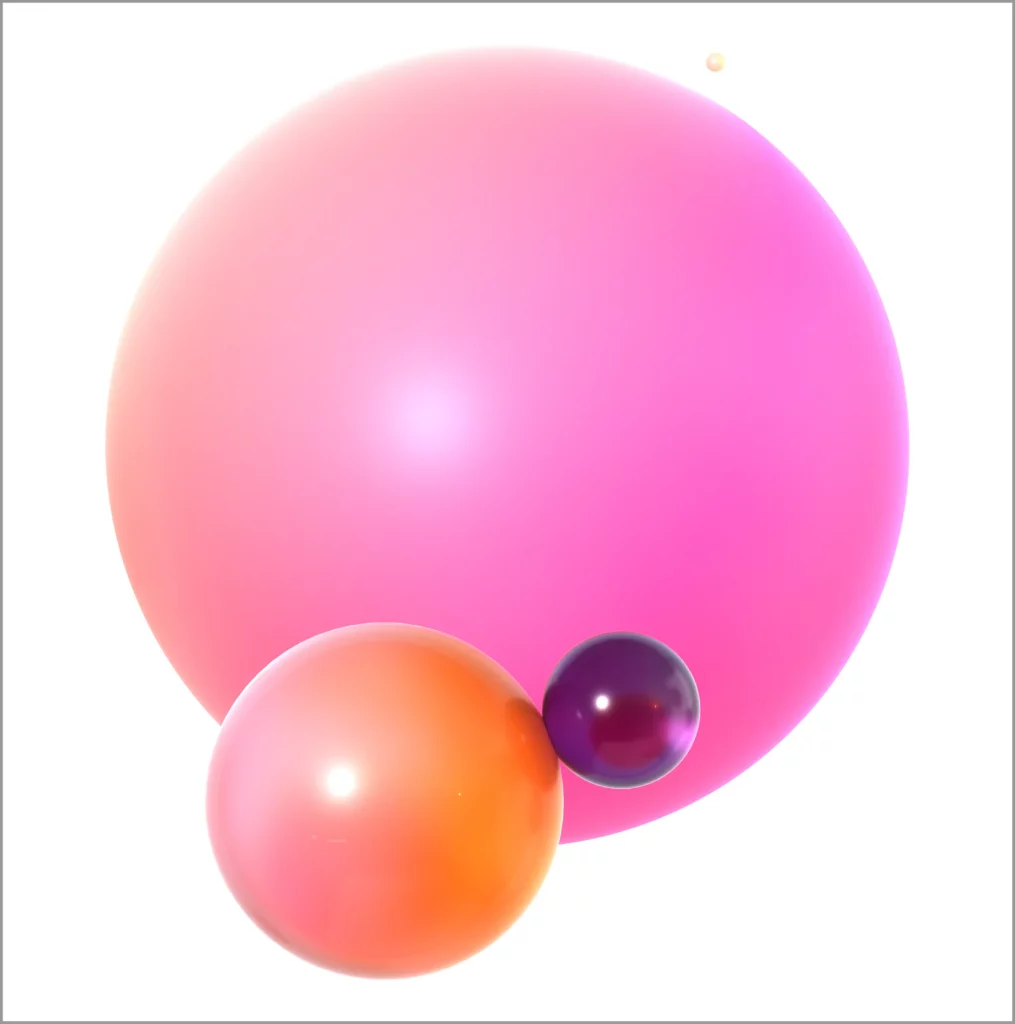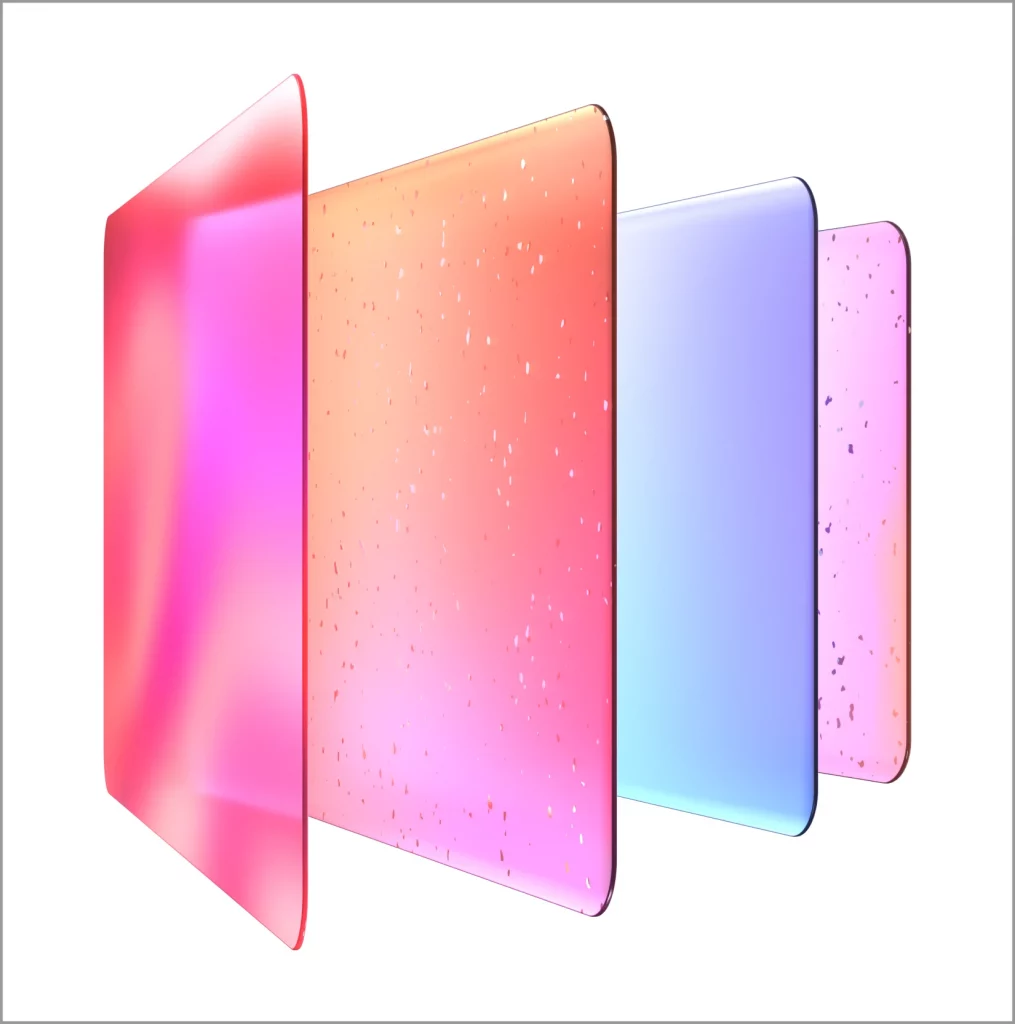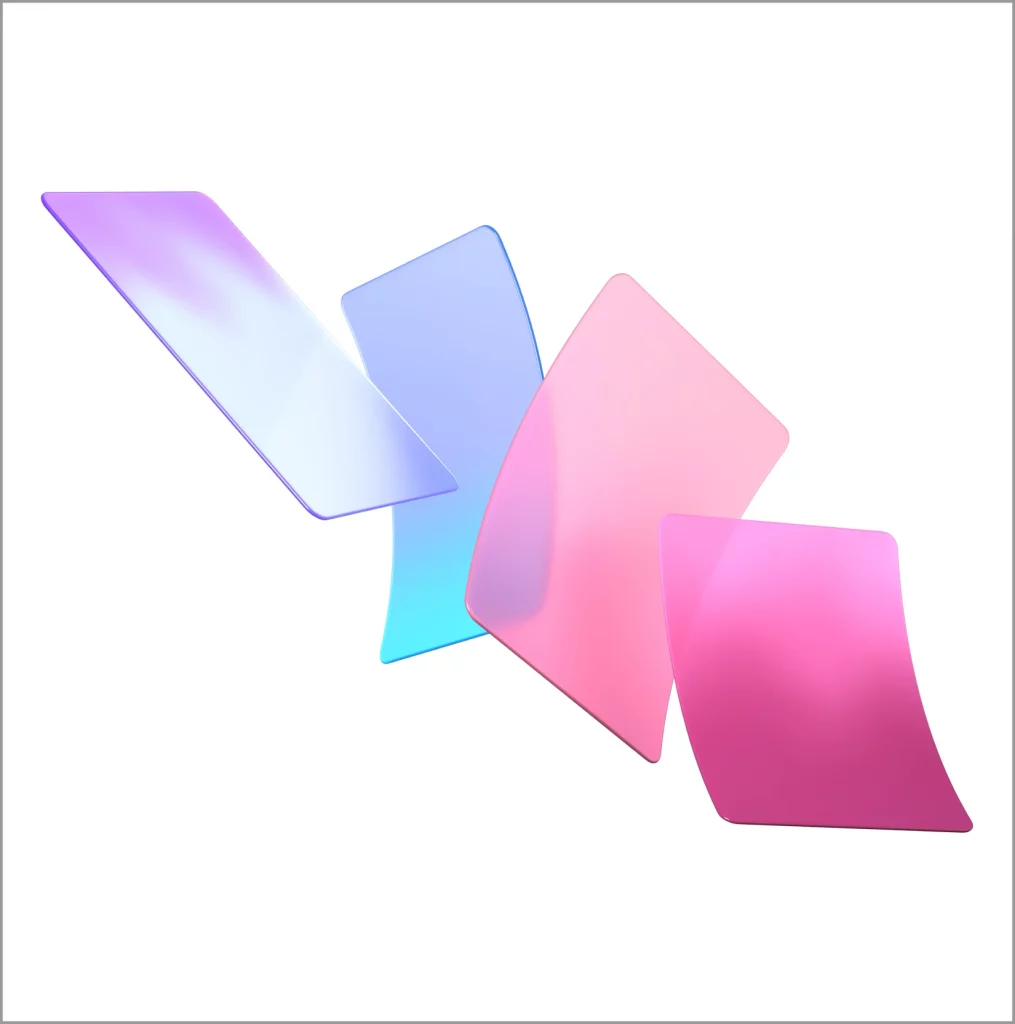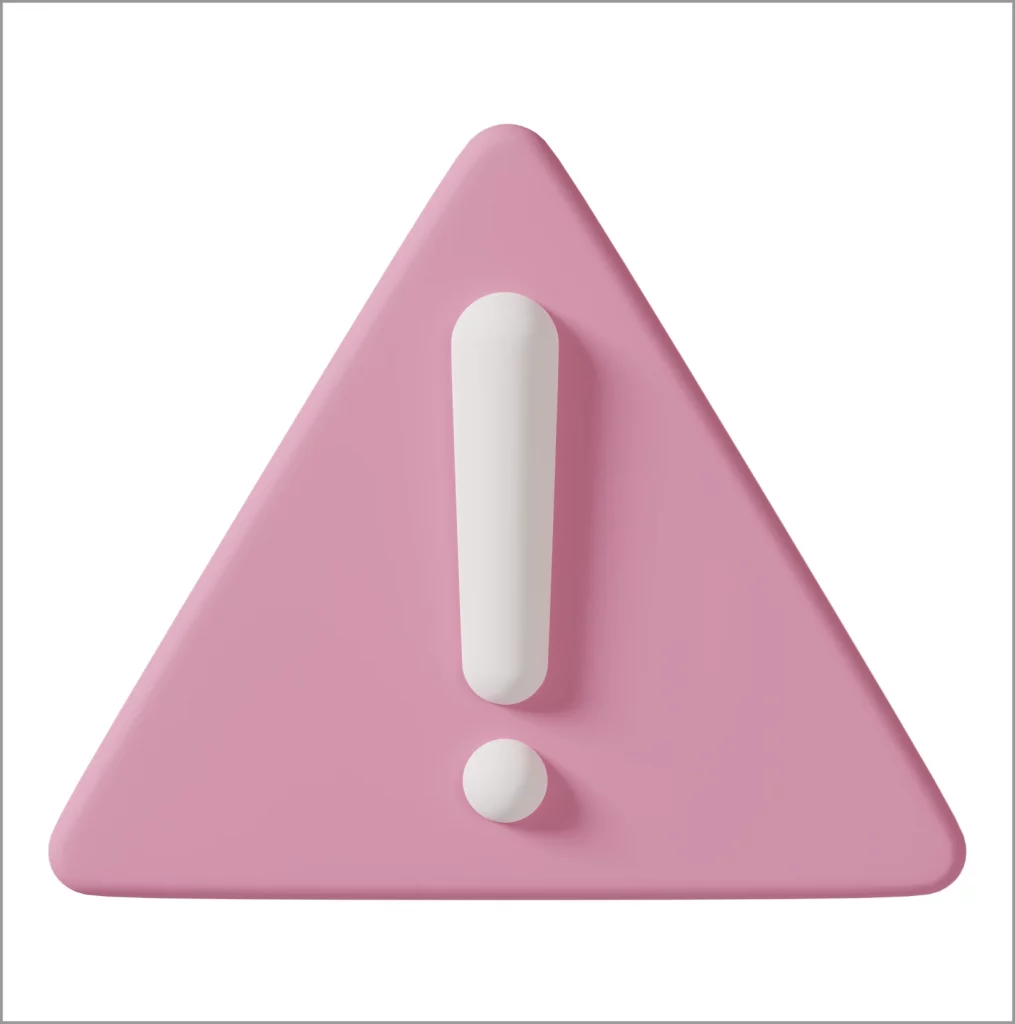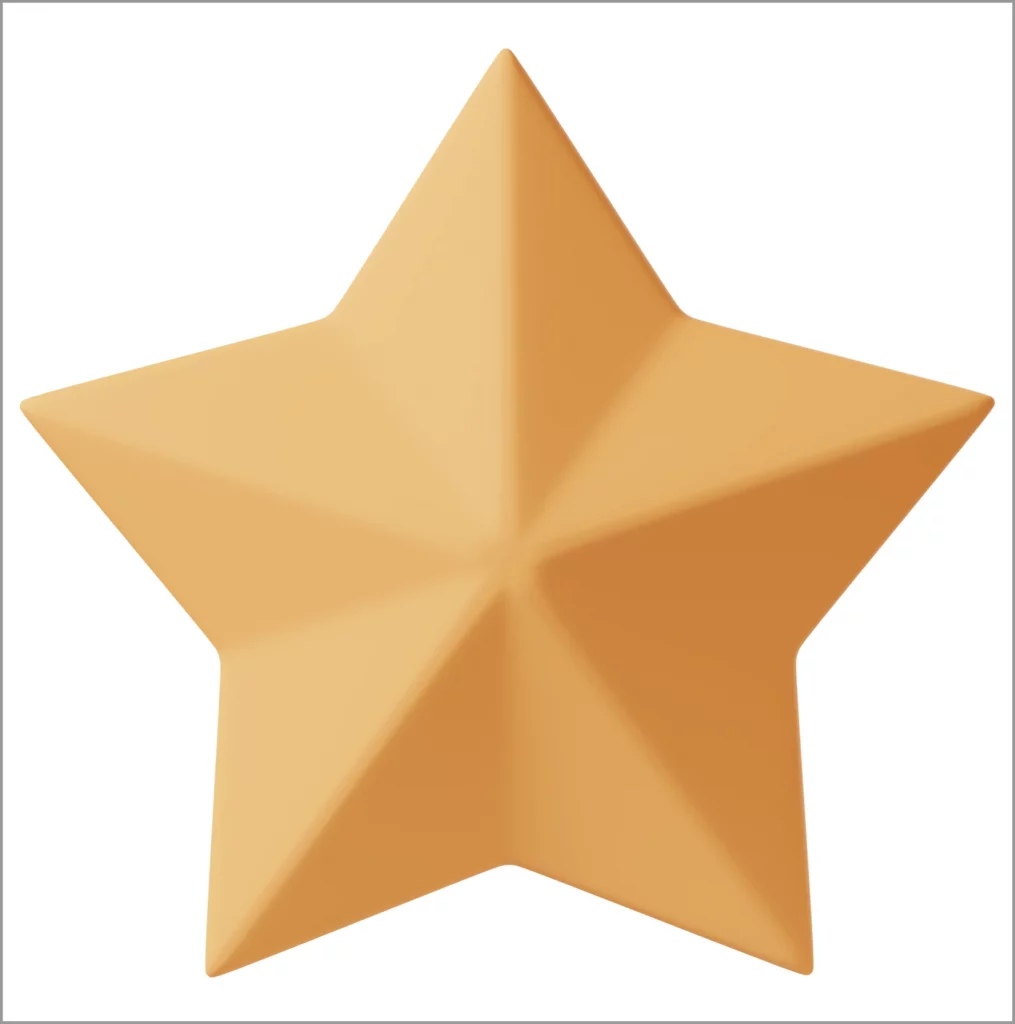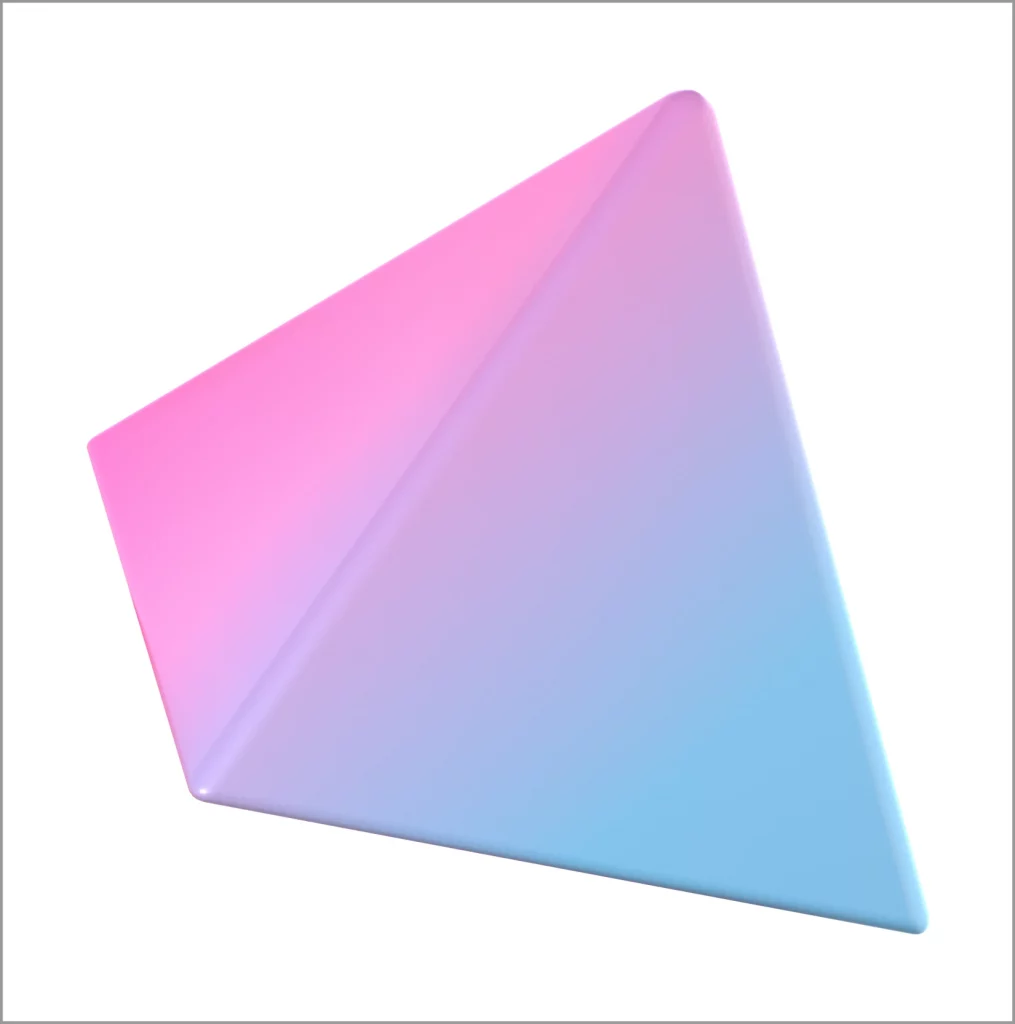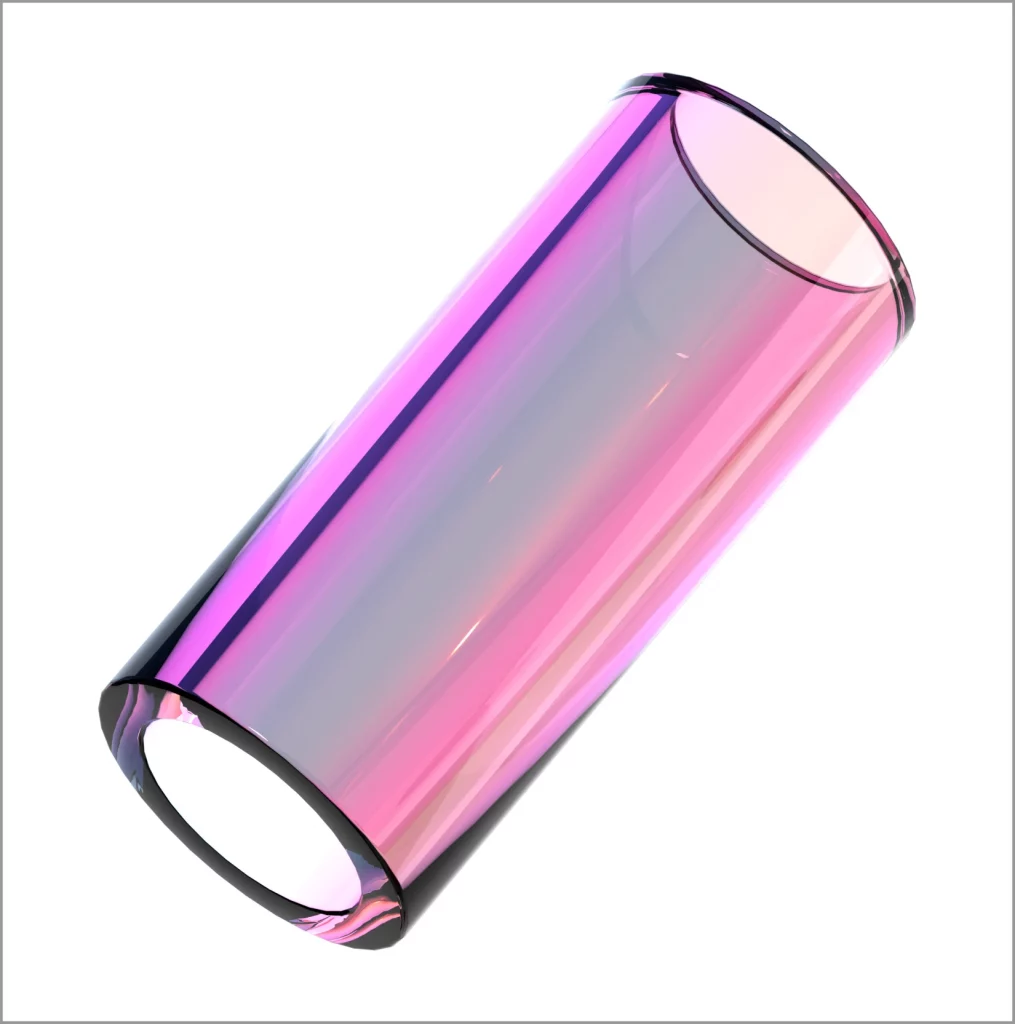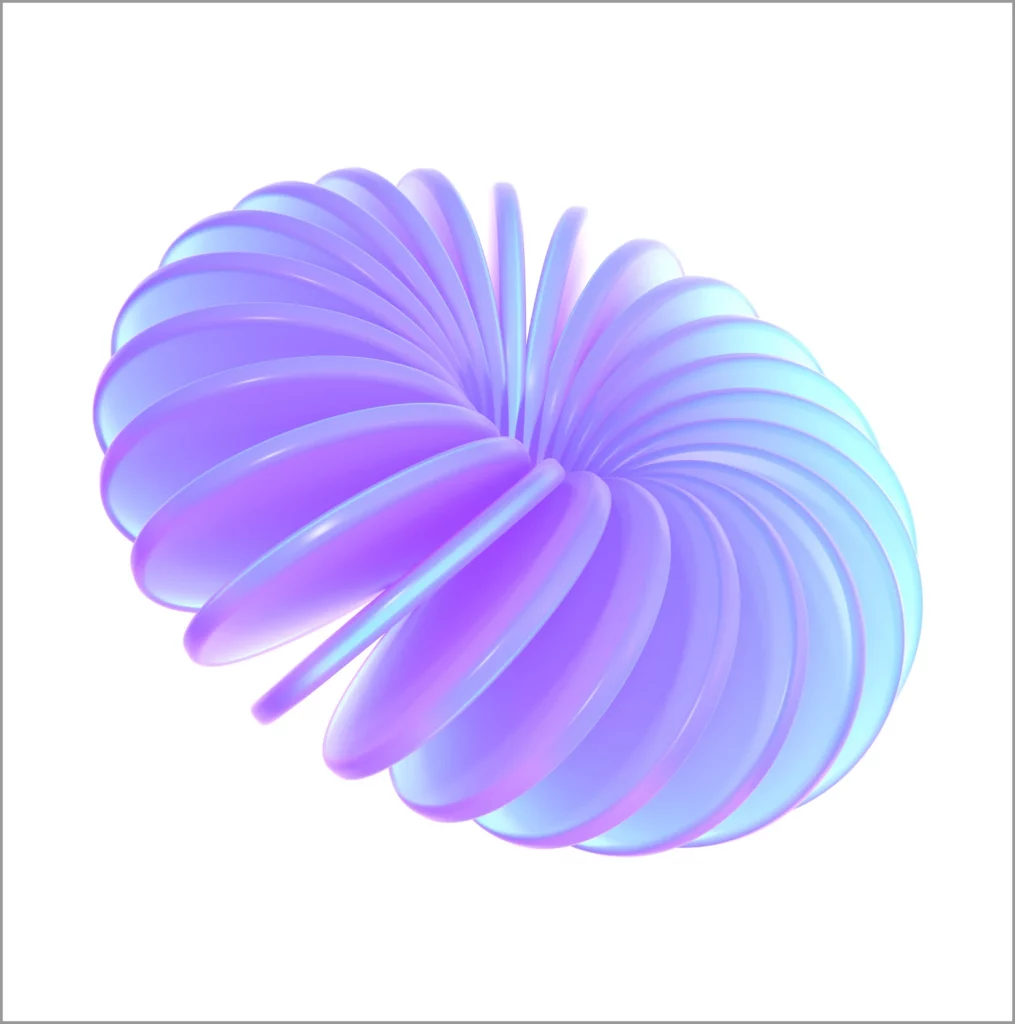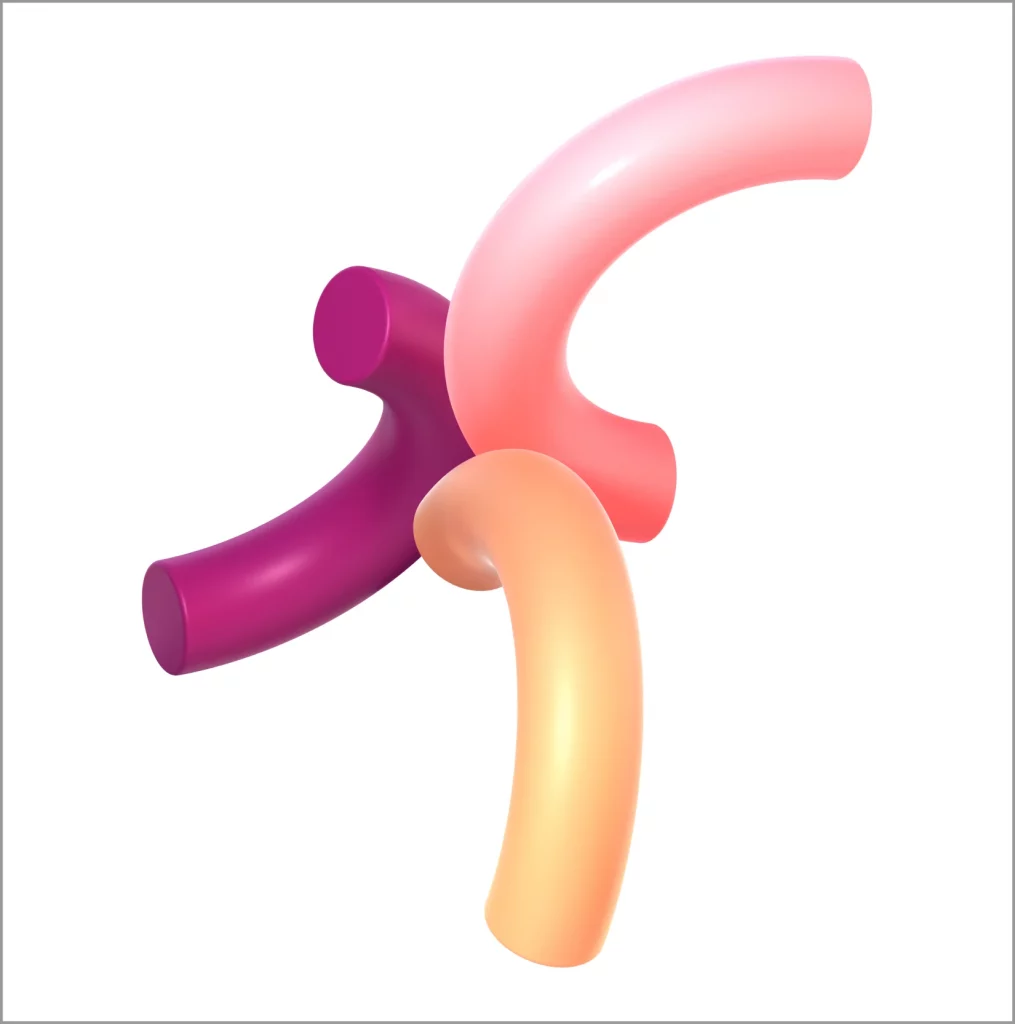Explore the power of geometric shapes in 3D vector art and learn how they shape narratives and add depth to design, from cubes to complex toruses.
3D vector art thrives in the digital landscape, a realm where creativity meets precision. Unlike raster images, vector graphics maintain clarity at any scale, making them essential in design, especially when it involves 3D objects. Shapes are more than mere forms—they form the alphabet of visual communication.
Geometric shapes form the core of 3D vector art. From the straightforward 3D cube to the complex torus, these shapes in vector illustrations don’t just occupy space; they convey stories, set moods, and create an illusion of depth on mobile phones and in applications like virtual reality.
This guide delves into the intricate world of 3D Vector Illustrations, not just to guide you in creating shapes but to understand their profound impact on designs. It’s a journey through the narrative hidden in the geometry of 3D vector art, relevant for standard vector graphics and trending categories like 3D Web Vector Illustrations.
The role of geometric shapes in 3D vector design
Shapes in 3D vector design are more than visual elements; they are storytelling tools. The 3D cube, for example, is a symbol of stability, widely used in architectural graphics or to denote solidity in branding. It exemplifies using geometric shapes in vector illustration to create meaningful vector artwork.
The sphere, with its perfect roundness, speaks of wholeness and infinity. It is often used in realistic vector illustrations for global brand imagery. Rectangles add sophistication, essential in 3D objects for corporate and tech designs, while triangles in 3D illustrations bring dynamism and direction and are suitable for designs that convey progress.
Understanding these shapes in vector data formats is crucial in 3D vector art. Vector art is not just about creating 3D effects; it’s about recognizing its power to shape narratives in digital design.
3D cube: foundation of structure in vector graphics
The 3D cube, a cornerstone in 3D vector art, embodies stability and structure. Its representation in vector icons and 3D Web Vector Illustrations highlights its versatility, from physical strength to logical order.
Its six faces and twelve edges offer a playground for light and shadow, crucial for creating depth and perspective in editable vector illustration. This is especially useful in iconography and creating a visual hierarchy in complex compositions, often seen in mobile phone interfaces and 3D illustrations.
Moreover, the cube can be transformed into vector artwork, suggesting transparency or innovation, making it a shape that offers endless possibilities in narrative and design exploration.
3D sphere: creating an illusion of depth in vector illustrations
The sphere in 3D vector art is a master of illusion, transforming flat surfaces into worlds of depth and motion. Its seamless curves suggest continuity, a go-to in designs for unity or global reach, perfect for 3D illustrations on mobile phones or in virtual reality environments.
The sphere’s realism in 3D format is achieved through careful shading and highlights, which are crucial in creating realistic vector illustrations. It’s not just about aesthetics; it’s a conceptual powerhouse in 3D Vector Illustrations, representing unity or infinity in various applications.
3D rectangle: versatility in modern 3D vector design
The 3D rectangle in vector graphics is known for its versatility and modern appeal. It creates depth and perspective, which are essential in everything from web design to architectural visualization, and is a standard in vector graphics.
In graphic design software, 3D rectangles are often used to create a sense of space and structure. They’re excellent for backgrounds or elements in complex compositions in 3D illustrations. The rectangle’s power lies in its ability to be both prominent and subtle, blending functionality with a sleek, contemporary look in vector artwork.
3D triangle: dynamics of motion in vector artwork
The 3D triangle signifies action and direction in vector design. Its sharp angles and pointed corners convey movement, making it perfect for designs that exude dynamism, such as those in 3D Vector Illustrations.
In branding, 3D triangles symbolize growth or progression, aligning with dynamic and innovative brands. Beyond its thematic impact, its angular form in vector illustrations is a visual tool for directing attention and is invaluable in layouts for controlling visual flow.
3D star: adding sparkle in realistic vector illustration
In 3D vector art, the star shape symbolizes aspiration and excellence. Its pointed edges and radiant composition in vector artwork make it stand out, and it is ideal for designs that inspire or dazzle.
Used in branding and promotional materials, 3D stars signify quality or high achievements in realistic vector illustration. The complexity of rendering a star in 3D adds depth and dynamism to the design, making it a powerful tool in vector illustrations.
3D globe: symbolizing global reach in 3D vector illustrations
The 3D globe in vector art is an emblem of global connectivity. It transcends mere representation of the Earth, symbolizing a world without borders, often used in designs for international relations or environmental issues.
Rendering a globe in 3D brings realism to designs, offering a tangible connection to global community concepts. In the corporate world, a 3D globe in vector artwork is common in branding for multinational companies, conveying a message of inclusivity and reach.
3D cylinder and pyramid: architectural elements in 3D vector art
Cylinders and pyramids in 3D vector art bring an architectural dimension. They add structural depth and solidity, particularly in industrial and architectural illustrations.
The 3D cylinder, used in technical or industrial visuals, adds stability and functionality. The pyramid, symbolizing strength and permanence, is suitable for brands communicating longevity or stability and is often used in digital art to create intriguing visual effects.
3D torus: complex curves in vector graphics
The 3D torus in vector design represents versatility and innovation. Often used in technology or science-related designs, it signifies complexity and connectivity.
Designing a torus in 3D challenges designers to balance its form with light and shadow, crucial in making the torus stand out in 3D vector illustrations. Logos and branding symbolize cycles or infinity, a popular choice in tech or research industries.
Integrating 3D shapes into cohesive designs
Understanding the nuances of 3D geometric shapes in vector art is key to impactful designs. Each shape, from the stable cube to the dynamic torus, carries its message and aesthetic value.
The power of 3D vector art lies in its ability to bring depth and realism to digital spaces. Integrating these shapes thoughtfully can elevate your work from ordinary to compelling, whether working on a branding project or a digital illustration.
Remember, the goal is not just to use these shapes, but to understand their potential in design. They’re tools for communication, essential in creating visuals that resonate and inspire in the ever-evolving world of vector graphics and 3D illustrations.
